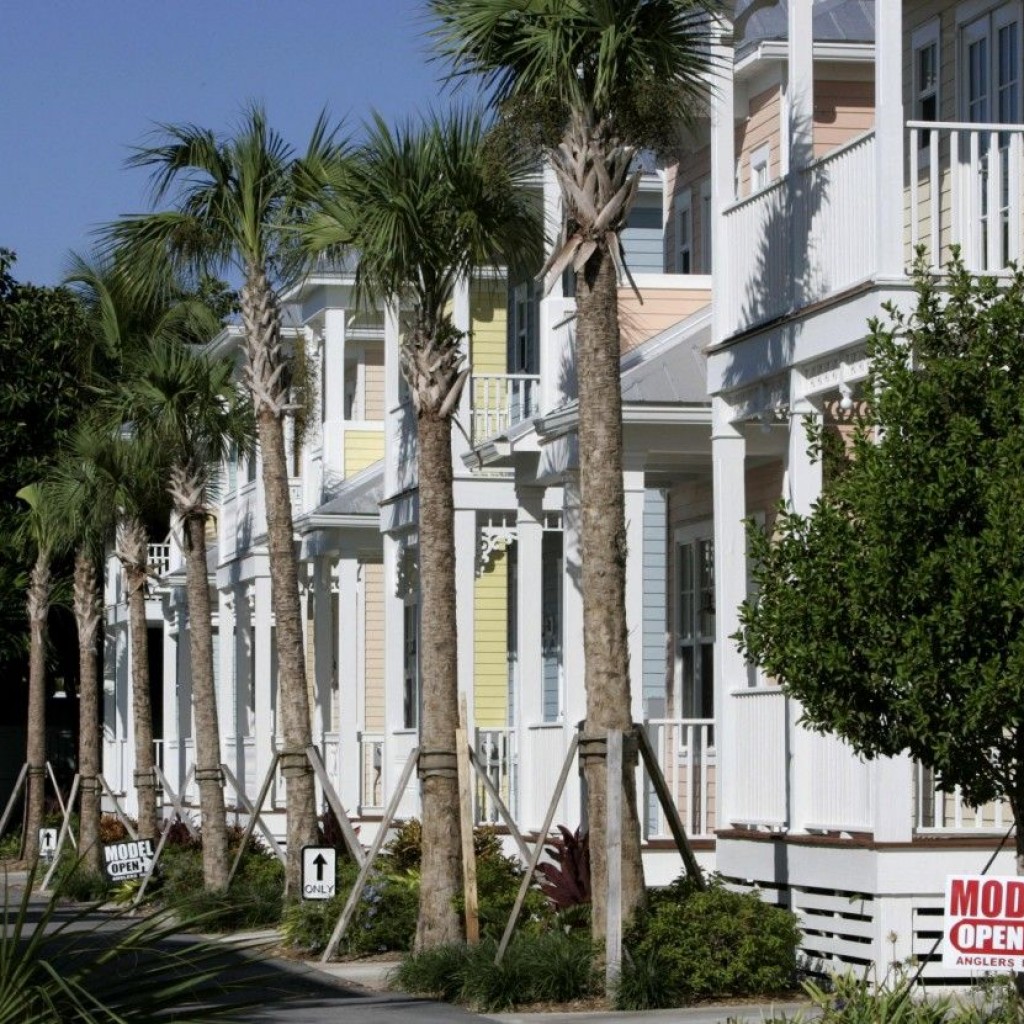
Jacksonville City Councilman Bill Gulliford cut a solitary figure at the front of the Lynwood Roberts Room, as a few dozen stakeholders and interested parties convened to discuss the city’s continual struggle with affordable housing.
Gulliford, not for the first time, described “neighborhoods in serious decline” locally, as spotlighted by the Block by Block study. And he had a vision: an affordable housing coalition, that could — perhaps — remedy issues of housing scarcity and issues created by vacant homes that push neighborhoods past the tipping point.
“A huge problem like this can’t be solved in a year or two,” Gulliford said, “but there’s got to be some community effort. We can’t just fix it by meeting over and over again in the present format.”
More has to be done.
Two-thousand foreclosed properties and an unknown number of vacant ones citywide create issues for neighborhoods, even as there is need for affordable housing for single mothers, veterans, and other groups, amidst skyrocketing rents ($1,000 median rent, per Gulliford).
“The strain on families, especially those on the affordable end of the spectrum, is huge,” Gulliford said.
For the city to foreclose on liens, Gulliford said, it could take up to a year.
“Outside of having meetings, nothing really happens. How do we shake that tree in a bold manner, and end up plowing new ground? You’ve heard everything discussed from tiny houses to you name it,” Gulliford said.
“The price has got to go down, below the median price range (for home ownership) of $130,000,” Gulliford added.
Those on hand talked of houses from bygone eras, with large families still living in under 1,000 square feet, a paradigmatic shift from the bigger houses of today.
Apartment complexes offer another potential solution, said some on hand, though many older units have accessibility issues that make them non-compliant with Americans with Disabilities Act requirements, thus marginalizing a population that needs them.
“You have people with severe disabilities and they just can’t get housing in general. There’s just nothing there,” said one person on hand.
“I think the first step that we need to take as a community is to form an affordable housing coalition,” Gulliford said.
Someone from the crowd suggested an amendment: an “affordable and accessible housing coalition.”
Gulliford noted that engaging the private sector and getting seed money is necessary, as city government can’t do it alone.
“We need property that we can acquire quickly,” Gulliford said. “We as a city put liens on property. If it’s in a declining neighborhood, there is no equity.”
“We need some entity that goes out, makes contact with that owner, and asks ‘are you willing to give that property up? A coalition is one way to do it,” Gulliford added.
Tiny houses, said Gulliford, would create zoning challenges.
“You’d have to amend your code,” said Gulliford, “but in some communities you have clustered tiny houses. 650,700 square feet. For a single woman with kids, it may not be the ideal thing she’s dreamed of all her life, but it does allow her to get her feet on the ground.”
Conventional mortgages? “Pie in the sky stuff,” said Gulliford.
“These people have not been homeowners,” Gulliford noted.
“We have declining neighborhoods,” Gulliford added. “There is some percentage of homeownership where that neighborhood begins to stabilize [and] there’s impact on the neighborhood overall.”



